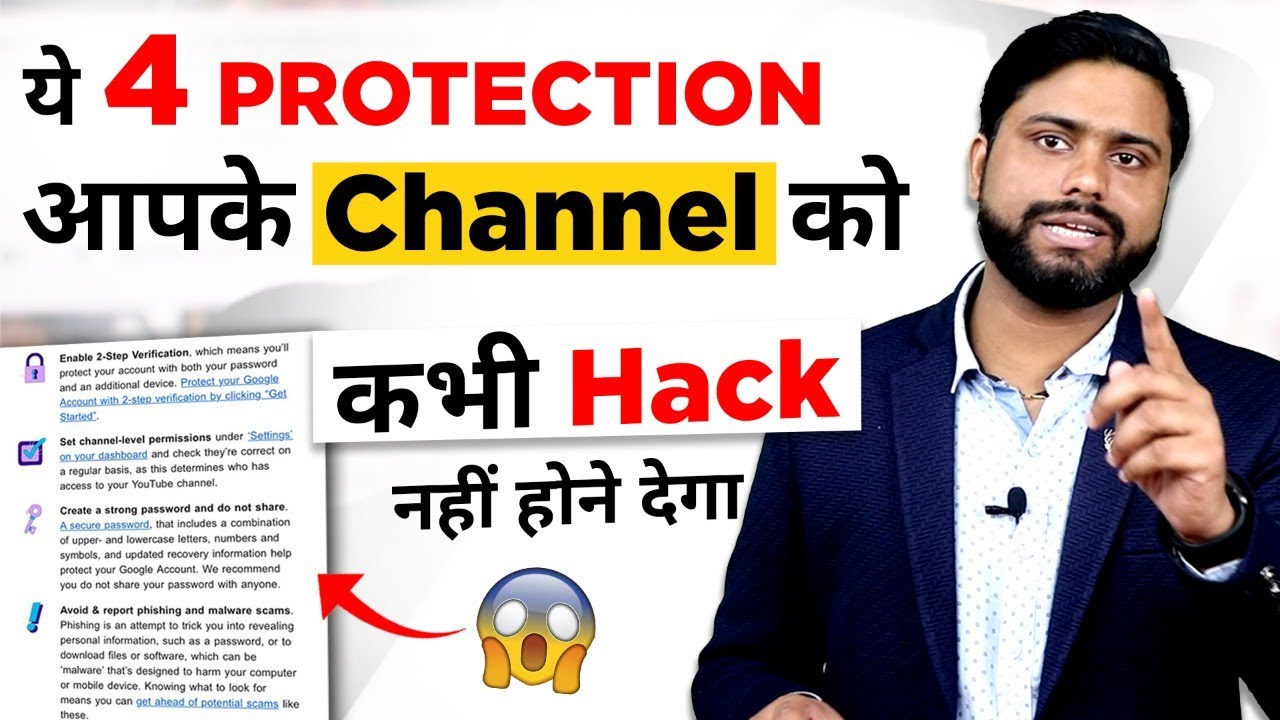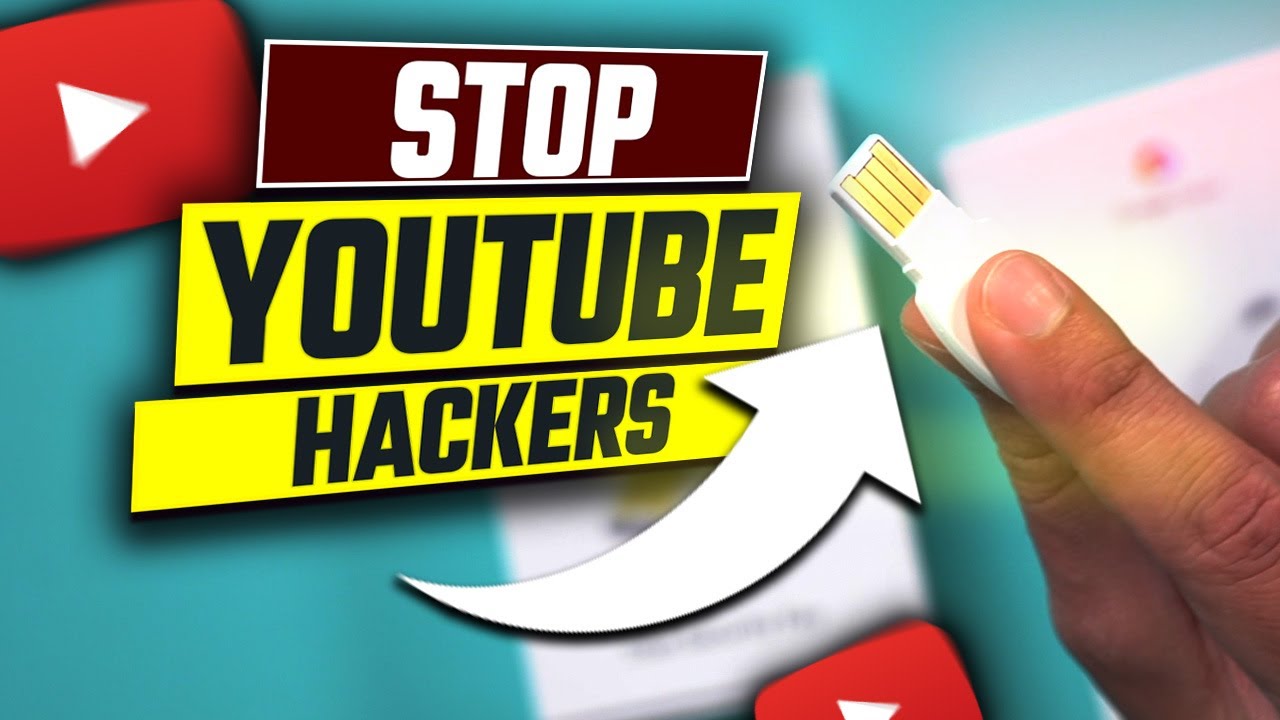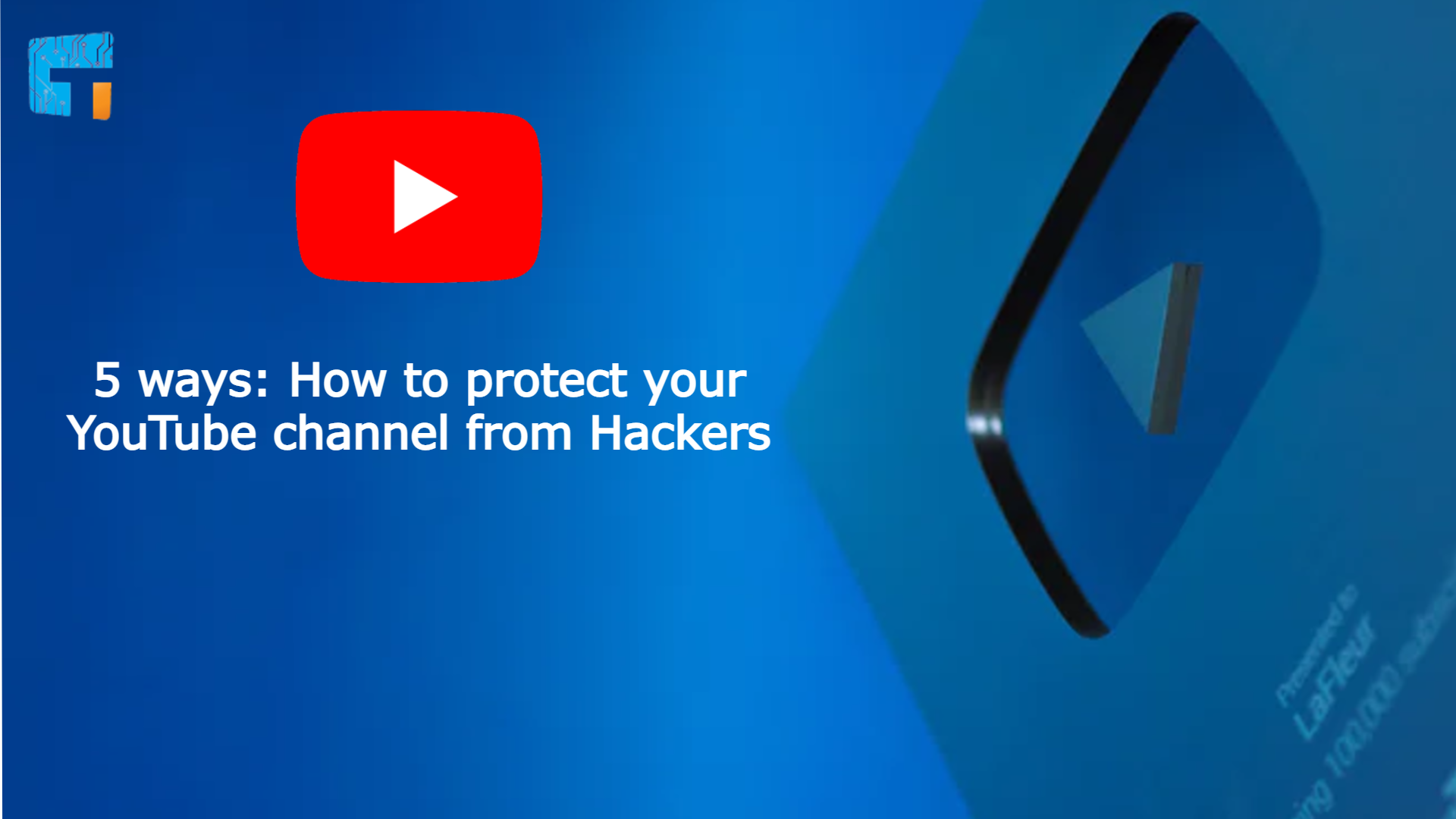YouTube is a fantastic platform for sharing videos and connecting with an audience. However, as content creators and viewers, we all cherish our privacy. Fortunately, YouTube offers several privacy features aimed at helping you maintain control over your content. Understanding these features can safeguard your creative efforts while allowing you to share your work selectively.
YouTube provides various settings that allow you to dictate who can view your videos. Here are some of the key privacy features:
- Public Videos: These videos can be viewed by anyone on YouTube. They are searchable and can be found easily through various means.
- Unlisted Videos: Unlisted videos do not show up in search results, but anyone with the link can view them. This setting is great for sharing content with specific individuals or groups.
- Private Videos: Only selected users can view these videos. You can share private videos with up to 50 users who have YouTube accounts. This setting is perfect for content you want to keep strictly within a limited audience.
- Age Restriction: You can set an age restriction on your videos, which can prevent certain age groups from viewing your content.
By utilizing these features, you can strengthen the privacy of your channel while still engaging with your audience. It’s essential to leverage these options, especially if you’re concerned about unauthorized views or comments.
Understanding Password Protection on Digital Content

As the digital landscape continues to evolve, safeguarding your online content has become increasingly important. Password protection is a fundamental strategy employed across various digital platforms to enhance security. YouTube, while not directly offering password protection for individual videos, has workarounds and alternatives that allow you to keep your content secure.
So, what does it mean for content protection? Here’s a look at password protection and its significance:
- Control Access: Password protection ensures that only individuals with the password can access certain content. It effectively restricts unwanted viewers, thereby safeguarding your intellectual property.
- Sharing Safely: If you're using unlisted videos for collaborations or client presentations, an additional layer of protection through passwords can provide peace of mind. Share it with select individuals, knowing that others cannot stumble upon your valuable content.
- Building Trust: When you demonstrate a commitment to protecting your digital content, you cultivate trust with your audience and collaborators. It shows that you value their privacy and security.
While YouTube does not support traditional password protection directly on individual videos, remember that specific platforms or video hosting services do offer such features. They can be integrated together effectively. In summary, understanding digital content protection is essential in the modern content creation era, helping to ensure privacy and intellectual ownership.
Methods to Limit Access on YouTube

So, you’re diving into the world of YouTube and want to keep your content secure? Great idea! Keeping your videos under wraps is important, especially if you’re sharing sensitive information. Here are some effective methods to limit access to your YouTube channel or videos:
- Private Videos: When you set a video as private, it's only viewable to you and the specific users you invite. This is perfect for content you don't want the public to see.
- Unlisted Videos: An unlisted video does not show up in search results or your channel. Only people with the link can view it. This is a good option if you want to share with a select group without making it fully private.
- Age Restrictions: For content that may not be suitable for younger viewers, setting an age restriction can prevent underage users from viewing your video.
- Geoblocking: If you want to limit your video to a particular region, YouTube allows you to block viewers from certain countries, which is particularly useful for content with regional restrictions.
- Managing Comments: While this doesn’t limit access to your videos, managing comments (like requiring approval before they go live) can protect your channel from trolls and negative comments.
By using these methods, you can have better control over who sees your content and maintain your channel’s security!
Exploring YouTube's Privacy Settings

YouTube offers a range of privacy settings designed to help creators like you control who sees your content. Let’s explore these features and how they can assist you in protecting your videos:
| Privacy Setting | Description |
|---|---|
| Public | Anyone can view your video, and it appears in searches and on your channel. |
| Private | Only you and the users you grant access to can view your video. Ideal for sensitive material. |
| Unlisted | Your video won't appear in search results; only those with the link can watch it. |
To adjust these settings, follow these steps:
- Log in to your YouTube account.
- Navigate to the “YouTube Studio” from your channel.
- Select “Videos” from the left-hand menu.
- Click on a video, and you’ll see the “Visibility” settings where you can choose between public, private, or unlisted.
Utilizing these privacy settings ensures that your content reaches the right audience while protecting it from prying eyes. Keep exploring these options, and stay safe online!
5. Alternatives to Password Protection for Enhanced Privacy
While password protection offers a basic layer of security, there are several alternative methods you can explore to enhance the privacy of your YouTube channel or videos. Here are some effective strategies:
- Private Videos: One of the simplest ways to ensure that only select viewers can access your content is to upload your videos as 'Private.' This way, you can share them only with specific users by inviting them via email. Remember, only people you invite will have access!
- Unlisted Videos: If you don’t want your videos to be indexed in search results but still want to share them with a broader audience, consider using the 'Unlisted' feature. Anyone with the link can view the video, but it won't be visible on your channel or in search results.
- Channel Branding: Ensure your channel brand reflects the type of content you wish to share. By creating a distinct and professional brand, you can attract a targeted audience that respects your content. This doesn’t prevent unauthorized access but can help in filtering your viewers.
- Content Watermarking: Consider adding a watermark to your videos. This won’t prevent unauthorized sharing, but it adds a layer of authenticity to your content and makes it harder for others to claim your work as their own.
- Regularly Monitor Your Analytics: Keep an eye on your YouTube analytics. This will help you understand who’s watching your videos and can alert you to any suspicious activity. If you notice unusual trends, it might be time to tighten your privacy settings.
By implementing these alternatives, you can enjoy a greater sense of control over who accesses your content without relying solely on password protection.
6. Conclusion: Best Practices for Safeguarding Your YouTube Content
Protecting your YouTube channel and content is crucial in today’s digital landscape, where content theft and misuse are rampant. Here are some best practices to consider:
- Set Clear Privacy Settings: Always review and update your privacy settings regularly to ensure they're aligned with your goals.
- Keep Your Content Original: By creating unique and high-quality content, you make it less likely that others will want to steal or misuse your work.
- Engage with Your Audience: Building a supportive community can create a natural barrier against content theft. When viewers feel a connection, they're less likely to harm your channel.
- Educate Your Viewers: Let your audience know the importance of respecting content. Encourage sharing through official channels rather than unauthorized methods.
- Use Content ID: This YouTube feature helps protect your original content by identifying and managing copyright claims. Make sure you understand how to use it effectively.
In conclusion, safeguarding your YouTube channel requires a proactive approach. By employing these best practices together, you can protect your content and maintain control over your creative work. Stay vigilant and continue to adapt to new challenges as they arise!










